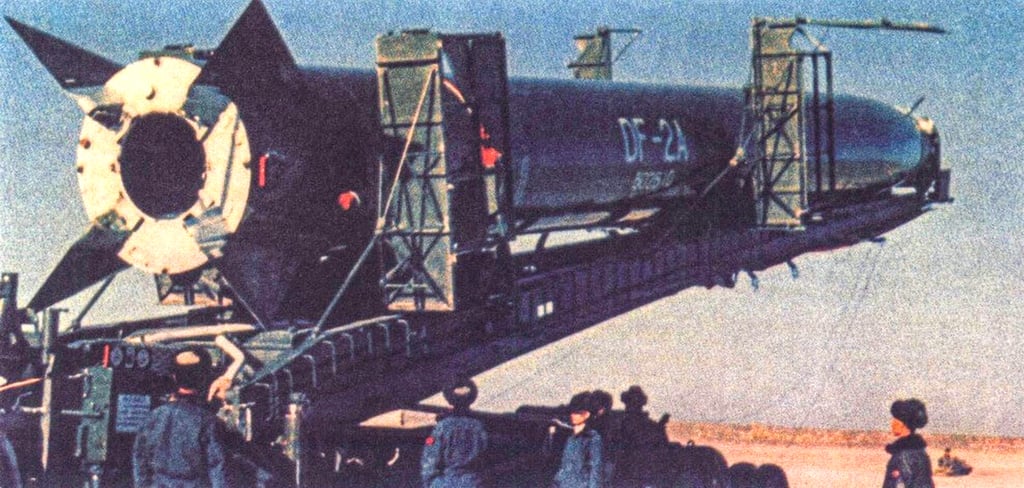Advertisement
A key figure in the university’s work in the field is Huang Lin, a professor with the department of mechanics and engineering science who has been researching hypersonic vehicles for the past two decades and played a key role in the successful first flight test of China’s hypersonic weapons, according to a report by Beijing-based Guangming Daily on Monday.
For years, the United States has imposed sanctions on Chinese universities, citing their involvement in military-related projects. However, in practice, it is difficult to draw a clear line between basic scientific research and military applications. Peking University has never appeared on US sanctions lists.

In 2006, Huang was inspired to conduct “applied basic theoretical research in line with major national needs” after attending the 40th anniversary of the successful test of the DF-2A, a surface-to-surface missile armed with a nuclear warhead, according to Guangming Daily. The 1966 test was seen as a critical moment when China established nuclear missile capabilities that could be deployed in combat.
Advertisement


